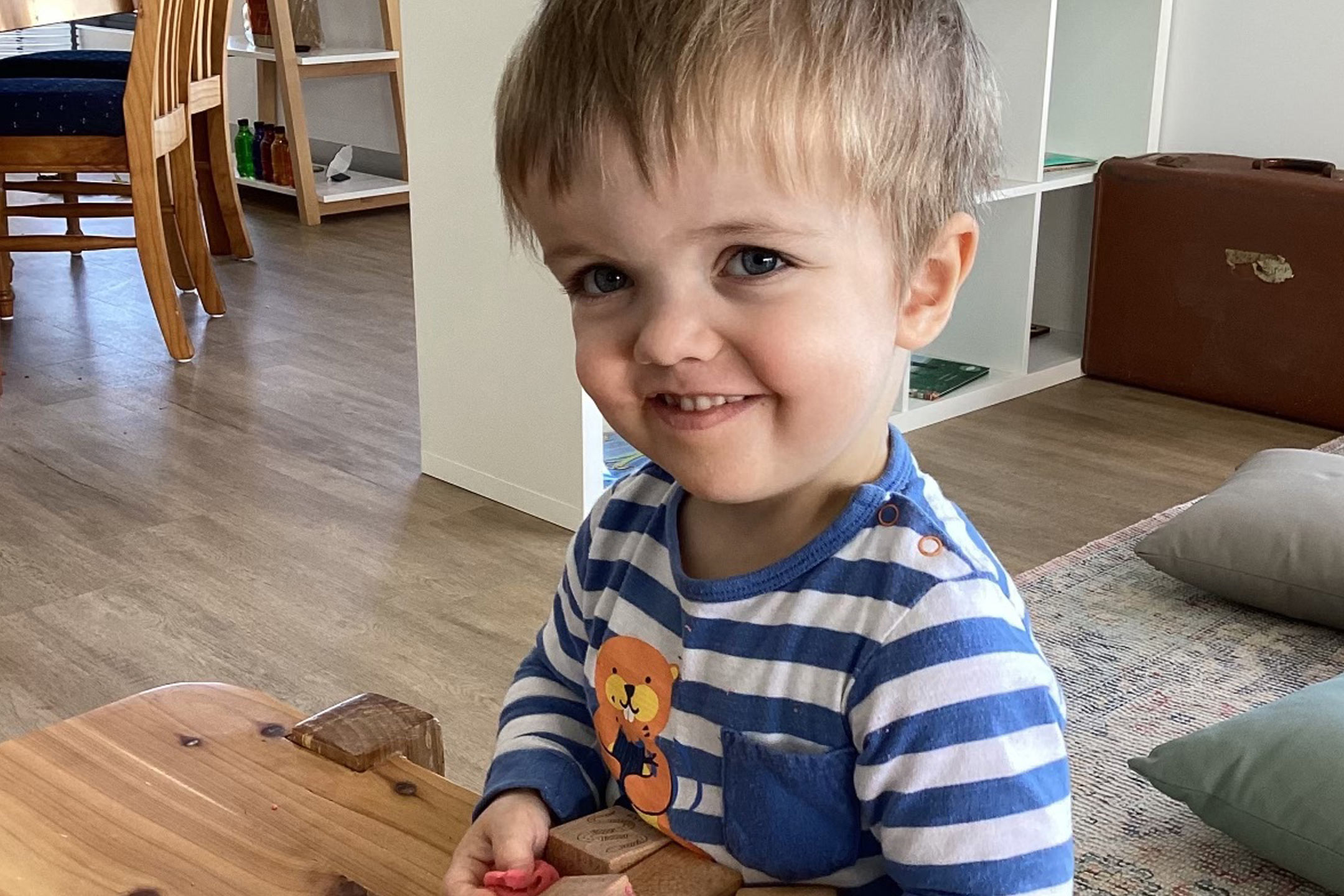
07 Dec Breakthrough drug offers hope for children with Achondroplasia
Promising Results in Height Growth and Reduced Health Risks
In a groundbreaking study led by the Murdoch Children’s Research Institute (MCRI), a drug called vosoritide, designed to boost bone growth in children with the most common form of dwarfism (achondroplasia), has shown remarkable potential beyond its primary purpose. The research, published in The Lancet Child & Adolescent Health, unveils that vosoritide treatment not only enhances height but may also reduce the risk of sudden infant death syndrome, sleep apnea, and the need for neurosurgery.

Casper with mum Daisy and dad Justin
Achondroplasia, affecting one in every 25,000 children, is a genetic bone disorder caused by a mutation in the FGFR3 gene. This condition slows bone growth in limbs and spine, putting pressure on the spinal cord and narrowing the base of the skull, leading to severe complications. Children under the age of five with achondroplasia face a 50 times higher risk of death due to these complications, including breathing difficulties.
The study, funded by Biomarin Pharmaceutical Inc., involved 75 children under five from Australia, the US, Japan, and the UK, who underwent 52 weeks of vosoritide treatment. Results showed a significant increase in height, facial volume, and, notably, the size of the foramen magnum—the hole connecting the brain with the spinal cord at the base of the skull. This increase in foramen magnum size, crucial for spinal and brainstem health, was more pronounced in children aged six months and under.
Professor Ravi Savarirayan, leading the MCRI team, emphasized that the findings could have a profound impact on the lives of children with achondroplasia. The abnormalities at the base of the skull often cause sleep-disordered breathing and brainstem compression, contributing to sudden death in these young patients. Vosoritide treatment, which showed no serious side effects in the trial, not only improves height but may decrease the risks of sudden infant death syndrome, sleep apnea, and the need for neurosurgical decompression.
The study’s annual growth rate findings revealed a smaller height rise in treated children under five (0.78cm) compared to those aged five and older (1.57cm) in previous clinical trials. Professor Savarirayan explained that this difference could be due to the rapidly declining growth in very young children, with a small age gap significantly impacting measurements up to the age of two.
Earlier this year, the Australian Federal Government listed vosoritide on the Pharmaceutical Benefits Scheme (PBS) for achondroplasia treatment, making it the first approved medicine targeting the condition’s underlying cause. The eligible age for vosoritide therapy varies between countries, with the US recently lowering it from five to birth based on the study’s results.
The personal story of Casper, a four-year-old diagnosed with achondroplasia as a newborn, adds a human touch to the study. Casper’s parents, Daisy and Justin, enrolled him in the vosoritide trial at MCRI when he was five months old. Remarkably positive changes were observed in Casper’s health, including improved limb proportionality and reduced spinal compression. Daisy expressed relief at the study’s findings, emphasizing the potentially life-changing impact on families dealing with achondroplasia.
In conclusion, the vosoritide study not only presents a significant breakthrough in addressing the challenges of achondroplasia but also offers hope for reducing the severe health risks associated with the condition in young children. The findings highlight the drug’s potential to improve both the quality of life and long-term health outcomes for affected children and provide valuable insights for healthcare specialists and relevant authorities when assessing treatment risks and benefits.
Main Image: Casper, aged 4




